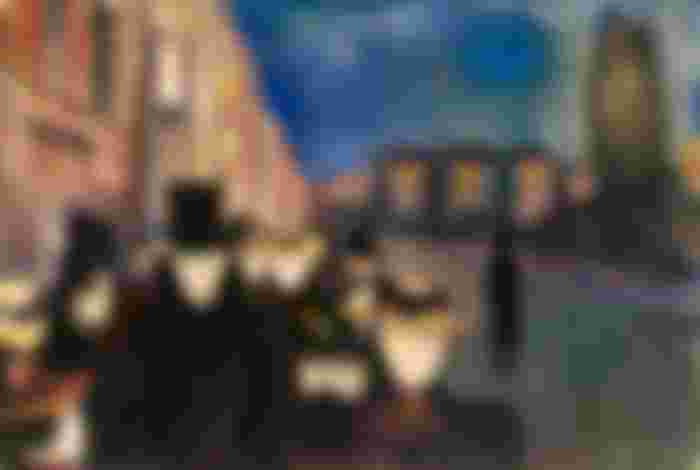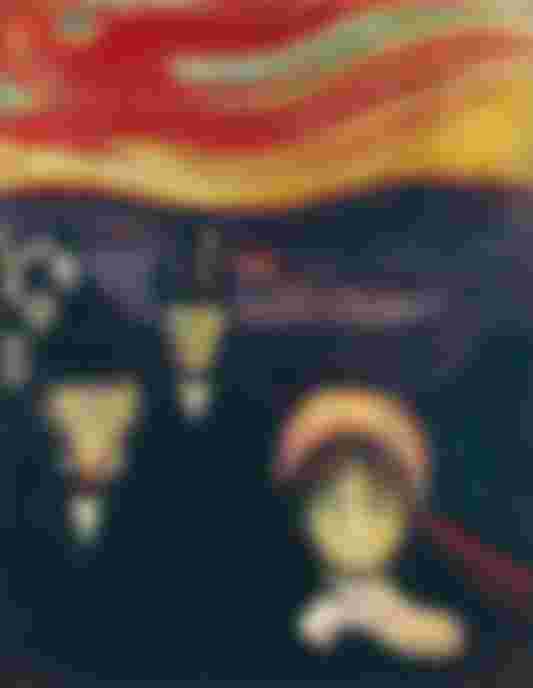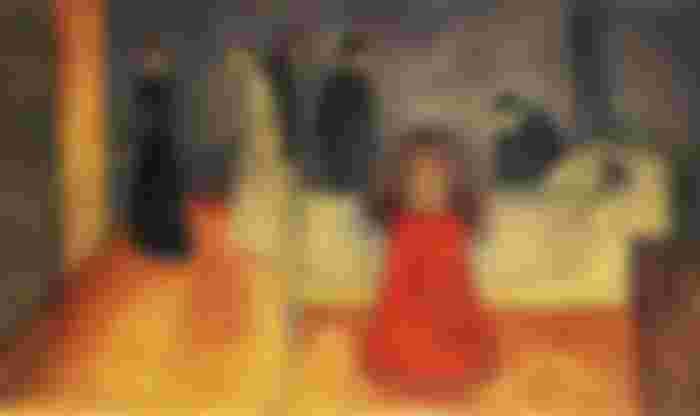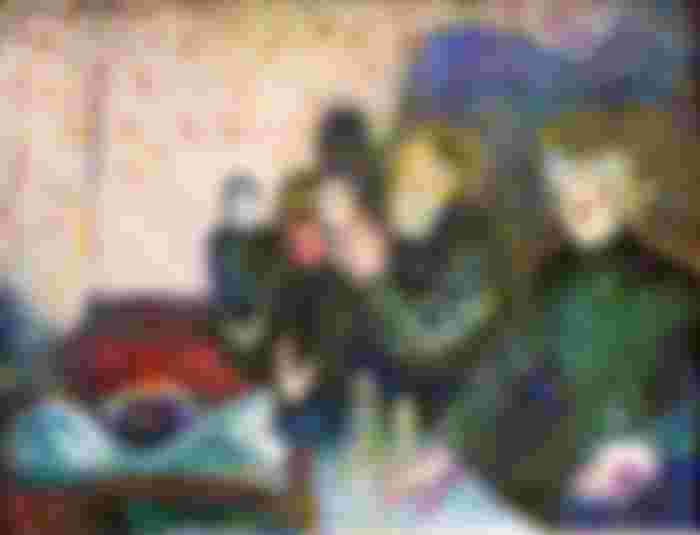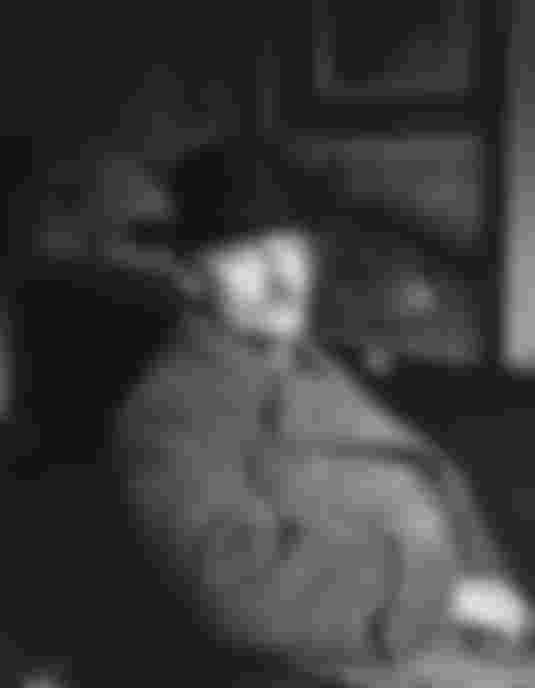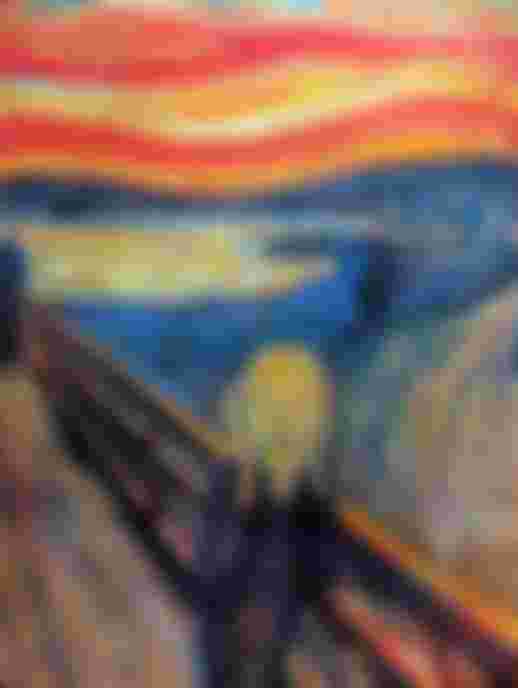"Sickness, madness, and death were the three angels who dwelt in my cradle and have followed me all my life ever since": Edvard Munch, desperate artist.
Tormented by depression and alcoholism, Edward Munch chose the darkest paths of life to make them the center of his art and to paint the hidden and painful sides of the human soul.




The Norwegian painter, according to some a predecessor of expressionism, according to some a typical representative of that painting direction, Edvard Munch, was born on December 12, 1863 in Loten, Norway. As a painter, he was quickly recognized as an innovator in Germany and Central Europe. His later works attracted the most attention and inspired many artists.
Many stereotypes arose around Munch, and although most are true, what really defined the greatness of his work was the courage in overcoming his own fears and in bequeathing art history with a huge and priceless work. At the end of his life, the Norwegian artist wrote: "In my art, I tried to explain life and its meaning, I also tried to help others understand my own life."

Munch's childhood was marked by two premature deaths: the death of his mother and sister Joanna Sofia. These sad events defined his work and turned it into an expression of pain and experience of death, loneliness, anxiety and, inevitably, old age, topics that will be repeated in his work. Paintings such as "Sick Girl", "Death in the Room" and "Dead Mother with a Girl" are obsessive repetitions that show the strong impact that the loss of mother and sister had on the artist.
During his stay in Paris in 1885, Munch came into contact with the most advanced painting movements of the time, led by artists such as Paul Gauguin and Toulouse Lautrec. The knowledge of other artists forced Munch not only to imagine art in a different way, but he also began to define the characteristics that will mark his future work: schematic expressions and the symbolic use of colors. But on the other hand, the bohemian life of Paris led Munch into alcoholism and neurosis because of his love affair with Emily Tauilov.
Munch moved to Berlin in 1892, and in the fall of 1893 he painted what may have become his most famous work, The Scream, whose main character was inspired by a Peruvian mummy the artist once saw in Paris; Munch made four versions of "Scream": an original from 1893, exhibited at the National Gallery in Oslo; another version at the Munta Museum in Oslo that was stolen in 2004 and restored in 2006; the third belongs to the same institution, and the fourth is in a private collection.

According to Giulia Bartrum, the restorer of the British Museum, the painting clearly shows that the protagonist of the work is a person who hears a scream, and not a person who screams. The painting reflects the painter's feelings when he saw nature red from the fire on the shores of the Norwegian fjord.
Munch's more than likely bipolarity - which led him to a psychiatric hospital - an excessive passion for women, stormy relationships and an obsessive-psychotic desire for a self-portrait forced many authors to compare him to Van Gogh. The approximately fifty self-portraits he painted during his lifetime seem to highlight the need to have proof of his own existence that constantly sees his image captured on canvas or in a photograph.
He also felt that women were distracting him from the mission he had to perform as an artist. But wealthy heiress Tula Larsen became obsessed with the Norwegian artist for not caring about being a chronic alcoholic, depressed or bankrupt; Tula wanted to marry him and even offered to help him financially. At first, Munch allowed himself to be loved, but little by little, he distanced himself from her and her presence so obsessed him that he voluntarily went to the sanatorium to get rid of her.
The tumultuous relationship ended first with marriage and then with divorce.
Munch continued to paint and returned to Norway in 1909, where the industrialist Meyer bought part of his paintings. Under Nazi rule in Germany, Munch's works were removed from the museum because they were considered "degenerate". With the Nazi invasion of Norway, things got worse, because all his works were removed from the museum. Munch did not want to have any relations with the Nazis.
Munch's health was always fragile and, as the artist himself recounted, "when I was born, they hurried to baptize me, because they believed that I would die." The creator of great works, an artist who marked the 20th century, died of pneumonia, in silence and solitude, on January 23, 1944, at the age of 80.
"Sickness, madness and death were the three angels who resided in my cradle and have followed me all my life ever since," he wrote.
